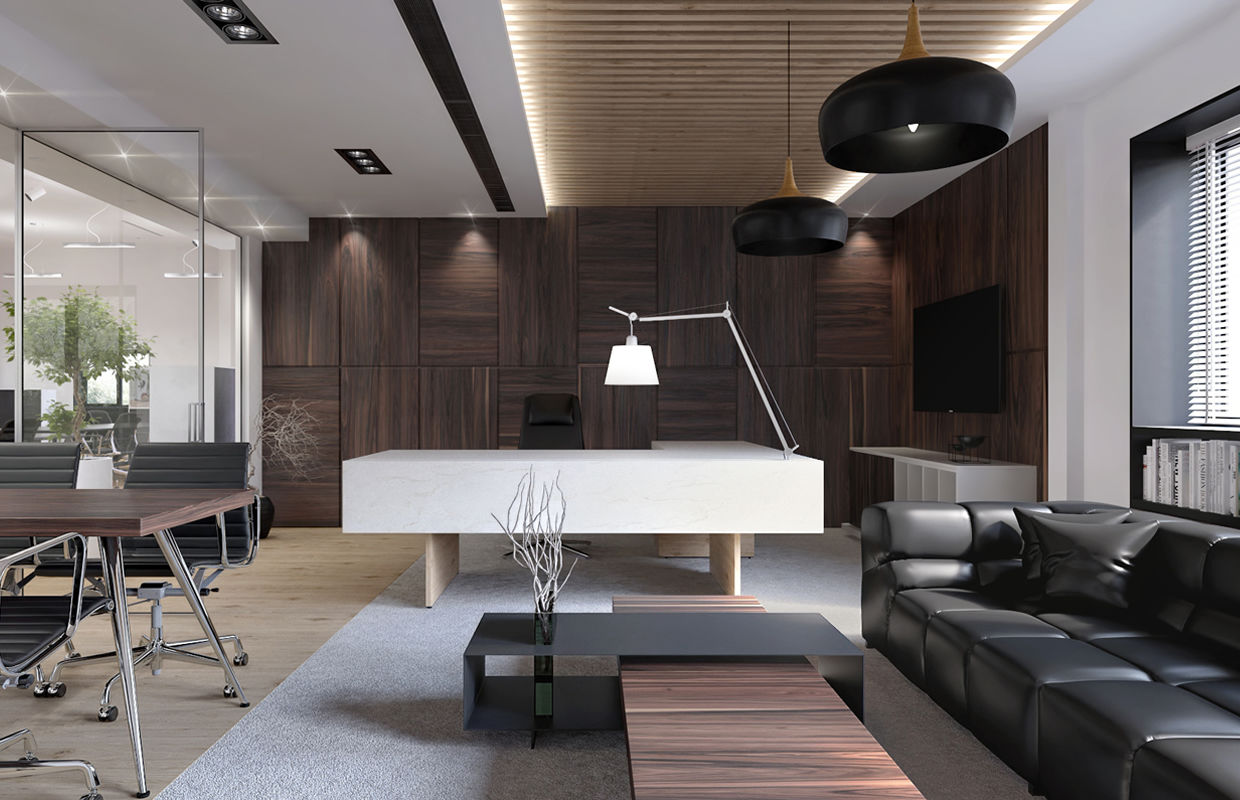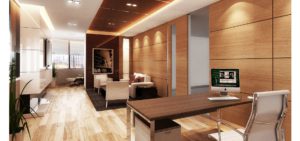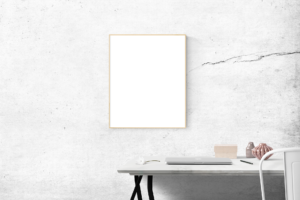
The interior design of the office has a new and growing trend
The humble office has seen a whole host of variations over the years.
From the rigid structure of the early years through to the utilitarian styles, the boxed and heavily partitioned placements through to the open aired look, the design of offices is ever-changing.
There are some staple items that will never go out of style or lose their necessity such as water chillers and the reception desk.
Changes to the interior design of offices
There have been many changes in office design over the years with a mix of results.
Once the perfect office layout was thought to be individual desks in rows or lines of cubicles featuring an office with a door that could be closed for privacy.
The newest trends have moved away from the fixed ideas of the past into designs that are more open to help open up collaborative workspaces.
Whilst open plan design has its own advantages and disadvantages, the design ideas continue to move with a more mobile workforce.
Office furnishings have become a key ingredient in the latest trends. The focus is now on flexibility without losing sight of the practicality side.
In Australia, there has been a marked shift to opening the office space up and inviting more interaction of staff with an eye on the creature comforts. This includes making the most for visitors too.
As an example, the first thing you may notice is not the branding and logo of the company but the waiting room furniture in a Melbourne or Sydney head office.
Once inside, the office space becomes a mix of interactive spaces and social hubs with the furniture boasting some the latest and most comfortable office chairs Australia has seen.
The idea of a traditional desk has turned into a workspace that features the newest technological advances at work with the idea of being a shared space.
Workspaces working towards more engagement
The most obvious shift in the modern workplace has been towards making the office space a more engaging and inspiring environment.
Rather than asking the workforce to be giving their all for the company and putting the risk of burnout and high staff turnover, there is now an emphasis on helping employees feel relaxed, in tune and empowered.
A workspace that creates a pleasant mood and calm atmosphere does not mean that it cannot be vibrant and energetic. By offering a comfortable, stylish and collaborative environment that utilises natural light, there is a connection to the outside world. This connection can conjure up a more relaxed space where sharing ideas and information leads to a more co-operative and effective workforce.
It has been shown again and again that employees who like coming to work and feel comfortable in their space are more productive, efficient and are more likely to stay with the company.
Staff engagement and empowerment can no longer be left to words or actions. That’s why the design of the office space is important to nurturing a feeling of belonging and being valued.

The artistic features of interior office design
The styling of the modern office is more eclectic than ever.
It is goodbye to the muted blues and greys of padded cubicles with stainless steel chairs and drab desks with fake plastic plants strewn throughout the place.
The future of the office needs to incorporate different ideas and be flexible at the same time.
There could be a mix of Scandinavian furniture, Australian prints and Indigenous artwork with flooring which flouts the best of a Black Japan product such as a dark varnish or timberwork with Matt look decking oil.
Using different elements that work well together reflects the same idea in the staff themselves.
The missteps in an agile workplace
When it comes to designing an office interior, there are few more hyped up terms than the agile workplace.
It doesn’t matter how chic and sleek the office space looks with the fancy and fashionable furnishings in place, an agile workplace needs to factor everything from employee buy-in, staff and desk ratios, project management and work share.
Without tackling all the different elements that make a workplace agile, the whole system and set-up is bound to fail.
Some of the most simplistic but integral issues to consider are:
- Staff commitment – does each staff member know what is involved and why you are moving to an agile workplace design? Without their input and buy-in, you will have a half-hearted team and half-baked results.
- Workable design – if you are moving or overhauling the layout and furnishing of your office with a different number of desks or workstations, it is crucial that everyone has a proper and safe area in which to work. An employee who comes to work then struggles to find an adequate or properly assigned workspace can be duly frustrated, overwhelmed and undervalued.
- Wasted space – seeing an office with empty desks or wasted space brings up the idea that the company cannot manage its resources. Any empty desk invokes images of someone missing, retrenchments or that the company is experiencing hard times. Hardly the best way to motivate staff.
- Impractical ways of working – there has been a strong move away from a set layout where the idea was simply getting the most out of each staff member. Now comes the danger that the workplace is too flexible. This can lead to being overcrowded, cluttered and distracting on the one hand but have certain spaces such as meeting or breakout rooms where the demand cannot be met.
Anything in the design and layout of an office that detracts from the ability to work well can be as distracting as a portable air compressor being run in the middle of the office. Work activity is good, distractions are not.
The best output comes from well designed and cleverly planned use of space.
Designing for the employees and outcomes
The office and its interior design needs to factor in the human needs of the entire staff.
This is often overlooked in creating a space that is focused on pure productivity and increased turnover.
The interior of any office needs to reflect on the work that is produced within those walls. If an office has set departments that need privacy or have security issues involved with what they do such as the financial arm of the business, then they should feel safe to go about their work effectively.
Other departments may interact on a regular basis and it makes sense to encourage that collaborative effort. It is important to remember that projects need to be approached with a focus on the shared workload.
If there are multiple demands on certain employees and there is the impracticality of ‘being in two places at once’ then both the employee and each project will suffer.
The employee of today needs to feel valued as a team member, recognised for the work they put in, encouraged to give and receive feedback whilst being given chances to develop on a personal basis.
The emerging interior office design trend has a focus on creating a positive workplace that is healthy, engaging and brings the best out of everyone for the best possible outcome.








